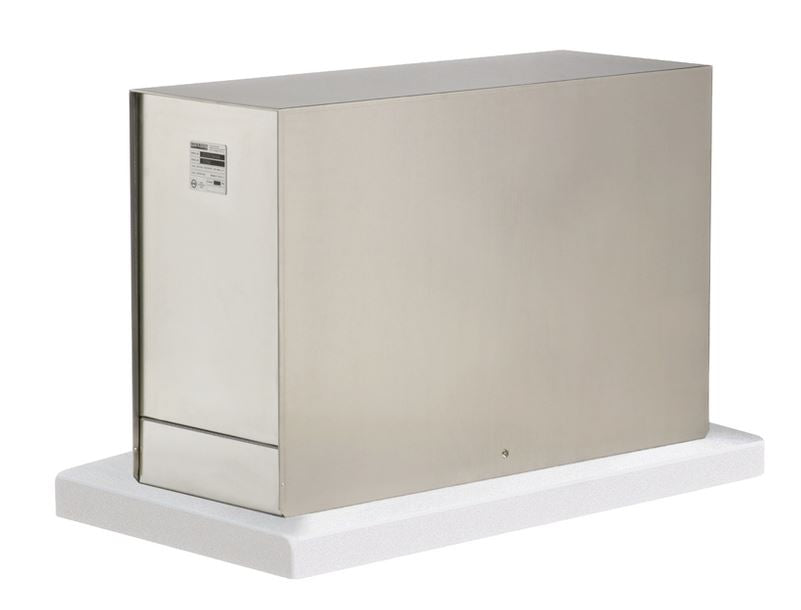Backflow Valve Cover
FREE SHIPPING
The Backflow Valve Cover, proudly made in America, features a lift-off design for maximum accessibility and includes an ASSE Standard 1060 compliant drain flap. To ensure optimal protection against freezing temperatures, we recommend using the Chromalox Heat Cable #30, which provides 90W of heat. Constructed from marine-grade aluminum, polyisocyanurate foam insulation board, and a glass fiber reinforced facer on each side, this cover is easy to set up, safe for testers, and helps protect against vandalism.
Dimensions: 7" W x 32" L x 22" H




